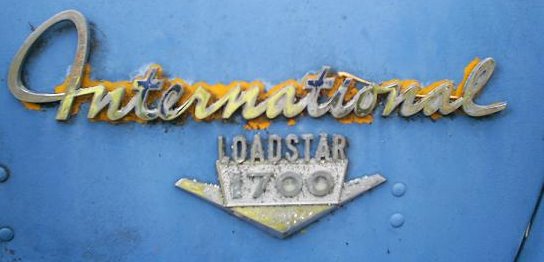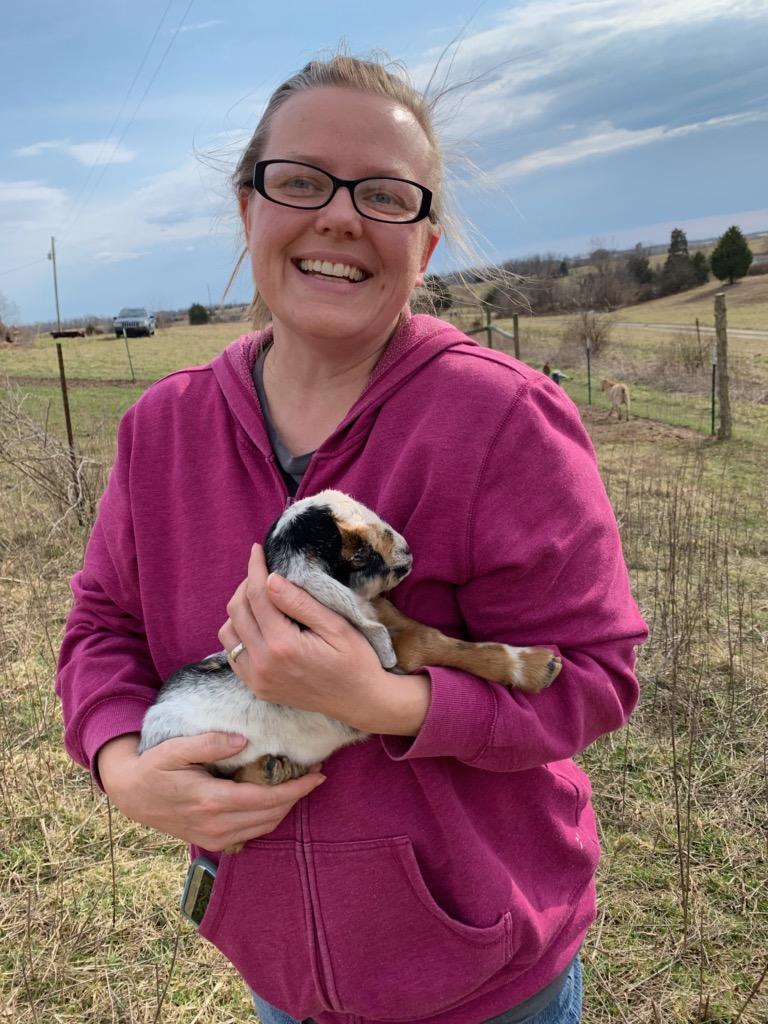The straw in the bottom of the chicken coop was wet from the rain. I wouldn't usually worry about this, but since most of the little chicks are still sleeping on floor of the coop, I was glad that I had about a half a bale of straw stored in the dry that I could spread where they sleep.
Well, I had some dry straw, but someone with little scratching feet took the time to spread it all around in the shed and outside the shed. Doh! Thanks, guys. It was probably the chickens, but since the guineas were with me when I realized the straw was all spread out and rained on, they got the lecture about waste. Don't they realize that a bale of straw costs seven dollars! Straw doesn't just grow on trees, you know... Wait...
Straw goes on the ground. I have ground. I have a handy sickle too. I can make some straw!
Well, I guess I can't actually make seven dollar a bale wheat straw, like they sell at Lowe's, but I can make cut broom-sedge stalks which are standing in the field nice and dry.
It took me a few swipes to figure out how to hold the blade so I wasn't in danger of severing my feet. Once I got in the groove, I figured out to use an upward stroke that would slice the tufts of grass and leave them laying for me to gather up. A helicopter flew over while I was scything, and I had a few moments of self consciousness about my technique since it seemed to hover over me for longer than I expected. Since my sickle handle is short, I was bent over swinging my arm and frequently standing to stretch out my back and pile up stalks. I probably looked like a drunk orangutan swatting at mice from up there.
It only took about five minutes for scything to start to feel like exercise, so I was thankful that was all the time I needed to harvest a giant arm full of the stalks. The little chickens were quite pleased with this addition to their coop, and got busy spreading the stalks around with their feet.
I was glad they didn't have to sleep in a damp bed.
Guineas stay up later than chickens. My chickens go to bed well before dark. I think they like to make sure they get the best spots in the coop, and they like to have plenty of time to get settled into their chosen spot before the guineas come to bed.
I went out after dark to make sure everyone was settled in, and figured out that the flash on my cell phone camera can illuminate the inside of the coop well enough to take pictures. Look - some of the babies are learning how to roost!
Most of them were woven together in a pile on the dry stalks.
While I was out blinding sleepy birds with my flash, I took a picture inside the other coop as well. The guineas manage to squeeze into place with the chickens. Once I start opening the door to the new coop so the little chickens can come out to play, I wonder if the big chickens or guineas will decide to sleep in the other coop with the little guys?






























































